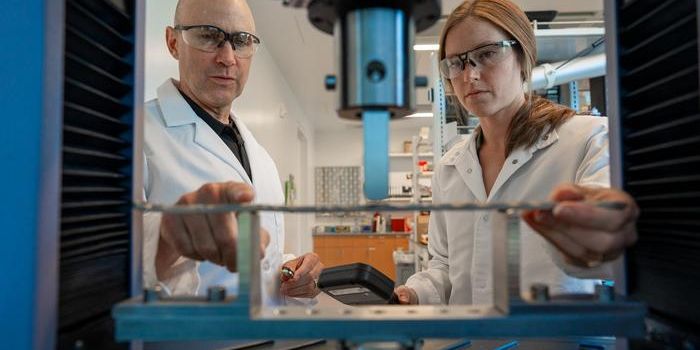Your Earwax Says You're Depressed
Cortisol, commonly known as the “stress hormone”, is the body’s built-in alarm system that sends sirens blaring upon sensing environmental stressors. Such triggers have evolved from predators to busy work schedules, but cortisol’s fight-or-flight response has remained constant throughout our evolutionary histories. Cortisol levels serve as a physiological marker of stress and also depression. However, it’s difficult to draw a straight line between these physiological states and the amount of circulating cortisol at any given moment.
Dr. Andres Herane-Vives from King’s College London explains: “Cortisol sampling is notoriously difficult, as levels of the hormone can fluctuate, so a sample might not be an accurate reflection of a person’s chronic cortisol levels. Moreover, sampling methods themselves can induce stress and influence the results.”
Herane-Vives and colleagues have proposed a novel, low-cost method for effectively tracking cortisol levels to diagnose stress and depression: by sampling earwax using a newly-designed device.
“Cortisol levels in earwax appear to be more stable, and with our new device, it’s easy to take a sample and get it tested quickly, cheaply and effectively,” commented Herane-Vives. The findings were published in the academic journal Heliyon.
At present, cortisol is measured by taking hair samples — a time-consuming, expensive, and notoriously unreliable protocol. With hair samples, it’s difficult to understand trends due to the possibility of short-term fluctuations in cortisol levels.
The research team was drawn to the possibility of using earwax due to its similarities to another naturally-occurring wax — beeswax. Bees produce this waxy substance with antibacterial properties to build honeycombs. Likewise, earwax is also resistant to contamination and has a longer shelf life for patients who are shipping samples to a centralized diagnostic facility.
The self-sampling device that Herane-Vives and the team constructed was elegantly designed to be safe and easy to use. Structured like a cotton swab, the spongy sampling tip has a safety feature that prevents the user from pushing it too far into the ear canal.
In a small study involving around 40 participants, the team tested the new earwax sampling device alongside the current hair sampling method. They revealed that the earwax protocol not only contained more cortisol than hair samples, but it was also cheaper, faster, and less invasive for patients.
“After this successful pilot study, if our device holds up to further scrutiny in larger trials, we hope to transform diagnostics and care for millions of people with depression or cortisol-related conditions such as Addison's disease and Cushing syndrome, and potentially numerous other conditions,” said Herane-Vives.









